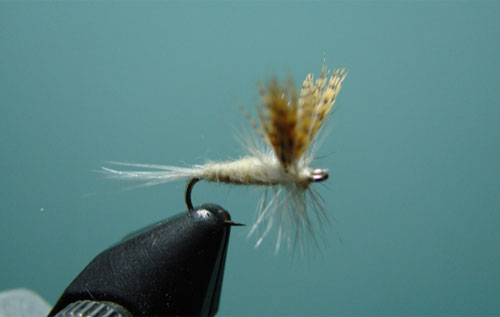By Dustin Stanberry
As the temperatures continue to climb into spring, we should begin to see more bug activity. One of my favorite times to fish is during the months of April and May. Of course, anytime is a good time to fish but, spring begins to show signs of significant insect activity. The fish start to gorge themselves after feeding on midges and smaller nymphs through much of the winter. There are several insect hatches that happen in early spring that can be prominent. One of which is the emergence of the Cahill. The Light Cahill is one of my favorite dry flies to fish, primarily because the fish seem to really hone in to the lighter color of the flies.
Light Cahill hatches tend to happen after the Quill hatches and around the same time as the March Browns. My observation is that Cahills are a graceful mayfly and this lends to a much more subtle emergence of the duns. This being said, there isn’t a great need for an emerger pattern for this particular mayfly. Depending on your fly assortment, a March Brown dry fly can be used as a substitute, in a pinch. The Cahill can be tied in several different sizes and the color can be altered to better match your local hatch. I generally fish the fly in sizes 12-18. The color of the fly really depends on the location where you’re fishing. Local fly shops can be a huge help in finding the right color selection. I prefer the traditional Catskill pattern for this fly. It just seems to produce more fish for me, personally. However, I wouldn’t hesitate to try a parachute style fly or a sparsely tied Catskill in slow moving water.

Hook: Tiemco #101, Sizes 12-18
Thread: UNI-Thread 8/0, White
Tail: Light Ginger Hackle Fibers
Body: Super Fine Dubbing, Light Cahill
Wing: Lemon Wood Duck Fibers
Hackle: Light Ginger
Dustin Stanberry is an instructor at Biltmore Fly Fishing and Sporting Clays located in Asheville, NC.